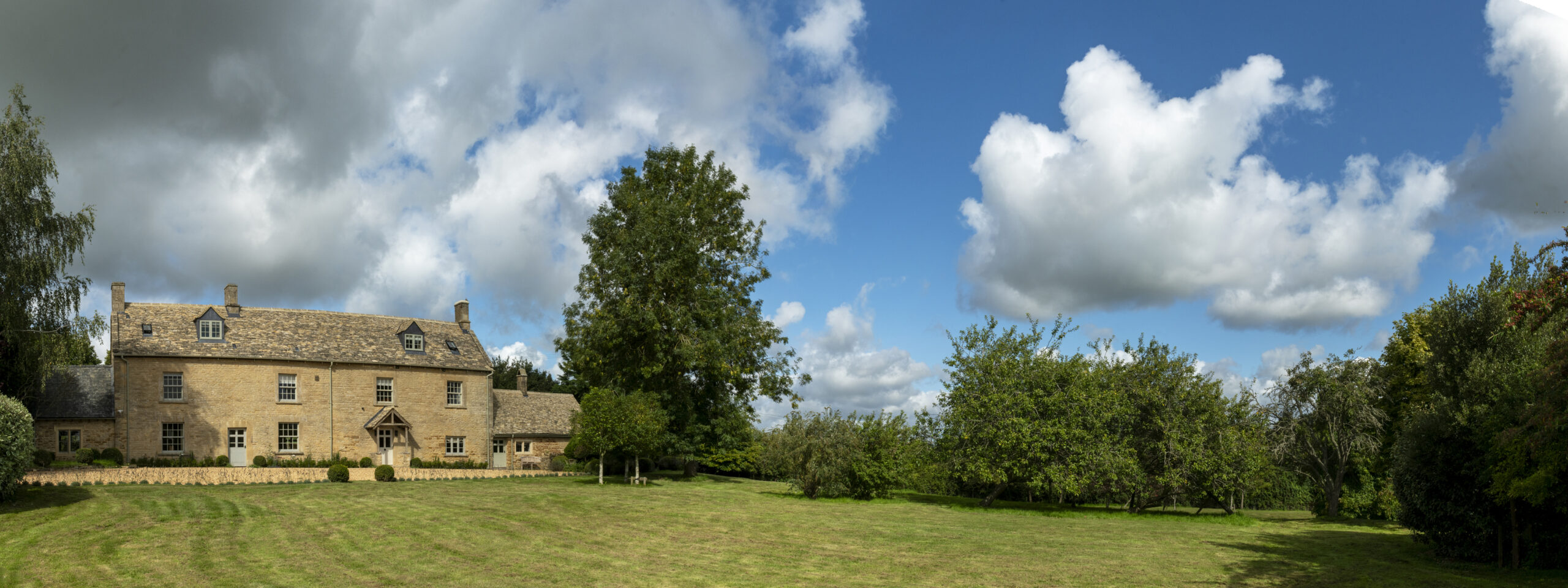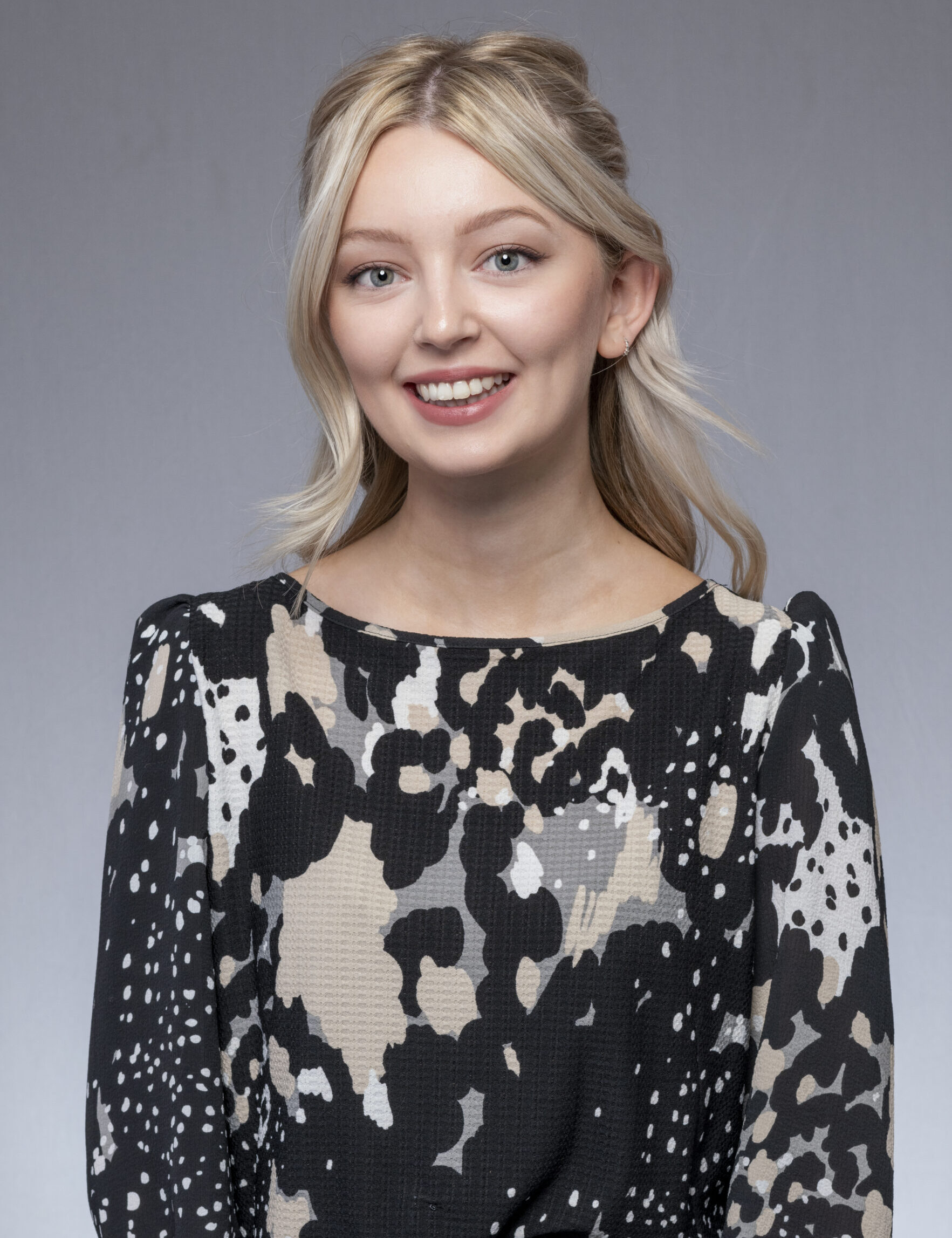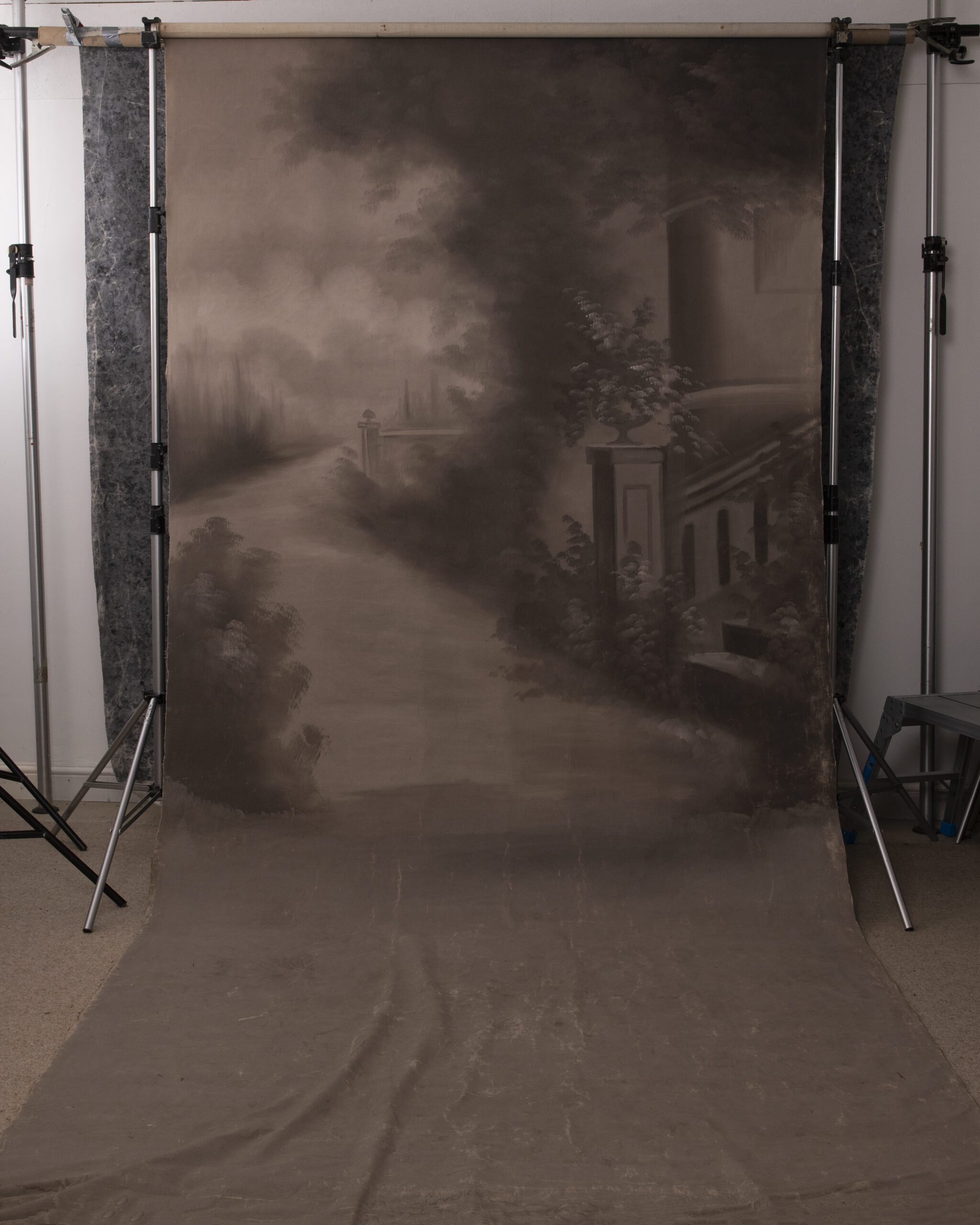
How to prepare for a Headshot

Headshot preparation
How to prepare for a headshot photography session
Ok, so you have finally decided to get a headshot, you may need it for your Linkedin Profile, a CV or to use it for marketing and communication for you or a business.
The first step has already been taken, so next you have to choose a photographer to take the headshot. You can google headshot photographers and find a few, you may find many so how do you decide who to commission?
Geography is important, if the photographer is near you can easily get to them, or they can come to you, but the most important thing to consider is how good is the photographer and what style does the photographer deliver?
Check they have great reviews, see the comments and if possible check with someone who has used the service, or knows them.
Award winning photographer, may sound impressive, but what award have they won and did they pay for the trophy or certificate? Sadly there are many photographic organisations that are more interested in making money from photographers, than running professional accreditation.
The Association of Photographers and BIPP are both respected organisations, but no organisation accreditation is a guarantee, you need to check the work they produce and check it is theirs.
You have to have a purpose for the shot and also that will dictate the style that you should have, if you are a professional in a business such as accountancy, the image you may want could be far different from a portrait for a health professional, a tradesman, financial advisor or a beauty therapist?
If you are an entrepreneur you may require many images, for a variety of uses, social media, website communication and many variations for material you send out for PR.
The photographer you choose should have the ‘types’ of headshots on their website that you want to achieve, hopefully a good professional shall only use images that they have taken, not generic images from a photo stock library.
I suggest that you speak to the photographer and get to hear about what they do, but more important they listen to what you want!
They should then suggest a way to achieve what you want or give advice as to what you need for a particular purpose .
A professional should then be able to give you an accurate quote and tell you what you should have delivered and how that process works.
You should not have to pay a deposit or pay upfront, if you go to a restaurant, you should pay the bill when you have had a good experience and the meal. There maybe some who insist on a deposit, but it is not good practice and if you are unhappy with the images, are you going to be happy with having to be reshot or ask for a refund?
Once you have booked with the photographer, they should discuss what you need to do, I always want to have the discussion with the subject, or with the person who is organising the session on behalf of a company or group.
When the purpose of the photograph is established there are many things to consider.
First, Hair – if you are a bald man this is maybe less of an issue, but if you shave the head, ensure it is done 24 hours before the session, so it can recover from nicks.
Male or female, ensure you are happy with your styling, do you need a hair cut? Is your style best a day after a wash? Only you know what works best, so plan any visit to the hair stylist to be before the photo session.
What should I wear for a headshot?
There are no rights or wrongs with what you wear, but there are many ways that the clothes you are wearing can enhance the end result and many ways an item can dominate the image in a way that is detrimental so here are some guidelines.
If possible bring an extra set of clothes, a spilt coffee can create an issue or a colour can clash with the background, especially greens & blues, as some photographers may use a ‘green screen technique.
For a business style headshot, consider using a pale coloured shirt or blouse, pure white can create a ‘floating’ head especially if the background is white. If you do want the mono-tone look, with Black jacket, the photographer will hopefully use a grey or pale background but with a dark black background he should employ a certain amount of back light to separate the tones, or you may start floating in a dark sea?
Fashion styles can date an image quickly, so this years ‘hot’ colour will not be so hot in less than a year, stick to the safer classics.
Avoid sports clothes with logo’s, it seems logical, but if you are a fan of a team, that can cheer many but maybe upset others, and it can adversely influence the viewer who could be a potential employer or client?
Choose a neckline that compliments you, a T shirt top can work for some, but a V neck, blouse collar or shirt opened are usually better to ‘frame’ the face.
A jacket that is not too ‘busy’. Checks and Jacquard patterns can create strange effects (moire effect) when on a screen or printed, have a choice if you can , with a plain alternative.
Should I wear a Tie?
The day of the tie are possibly numbered, but like all fashions, they may return, they are not a requirement as they were, but certain professions prefer a formal look, so its your choice, what tribe do you want to belong too? Bring choice of patterns and colours, discuss with the photographer as certain colours and patterns register in strange ways, often chemicals in dyes will look different to what the eyes register.
Do I need smart trousers or skirt?
A headshot can include the jacket and show the waist, so it is recommended to have a suitable pair of trousers, jeans or skirt with appropriate belt if required.
What Make Up for Headshots ?
In an ideal world a makeup artist would be at the studio, as they are at most TV studios and most portrait sessions for magazines, however a headshot session will not have the time or budget to have a skilled MUA on set, so you have to be able to do the best you can, but in the style appropriate for the purpose, a business headshot should look as you would when you go to work, not out at a nightclub. Again this is guidance and many subjects shall take time to do a great job of their makeup.
However, shine can be an issue, when the photographers lights are employed, they can be more unforgiving so a reflective foundation or ‘oily’ skin can create a problem, a dab with tissue can sort it but consider a ‘matt’ powder/foundation, that can hide the shine.
Apply with care: a photograph is forever, so check lipstick, mascara for detail, when the final image is out you can’t reapply.
A good photographer shall check for the details that can be cleaned, a few dust particles on a jacket, a hair that has stuck across a face and blemishes that are not concealed, all can be sorted by a skilled retoucher but it is always best to start with little to rectify.
With good lighting and technique a headshot becomes a portrait.
There are lots of filters and effects that can be employed, creating an image that is more of an illustration or cartoon than a portrait of a real person, it is not recommended that you get a photographer to use these,
The Photo shoot
If the session has beed arranged at an office with many others, you should have a time slot, when the photographer is ready for you, however the previous subject may have over run or there are delays, ideally the photographer should have a dedicated room or space that just allows you to be directed to the space where you shall be photographed, most photography for headshots is done with the subject standing, it is harder to sit and move around on a chair or stool, but it can be that a seated session can work. If you find yourself seated, be aware that shoulders tend to relax and posture becomes an issue, sit upright to look good.
The photographer should direct you to the best spot to stand and how to face the camera, there are many ways to do this and a photographer who is skilled shall help you relax and present yourself in the best way to the camera.
Do I have a Best side?
This is where you can help the process and get the best from the session, you will have a ‘best’ side, and you may already know what it is, so that is how to start, but the photographer may have lighting that works for a different view, so you have to trust the direction, but don’t be afraid to voice your opinion, a headshot is a collaboration and you want the best from the session, a good photographer should listen and take on board your opinion, they should take shots that you want and what they feel is right, the choice can be made after, but try to alter the pose, position and expression, have variety, a photographer should capture the variety but should also direct, suggest and guide you.
A session should be quick if all is going well, but if there is time or if many alternatives are required, then a shoot could go on for hours. There are no rules or one way to do this.
It maybe possible to see the results as the photographer progress, either on a monitor or on the camera viewer, this can reassure yo and also allow you to check you are happy with the results,
Should I Smile for a headshot?
Our natural reaction when faced with a camera is to smile, but a forced smile is not attractive, ideally the photographer should direct you well and a natural smile will happen, but a resting face with ‘engagement’ with the camera is what great models and experienced celebrities can deliver, a natural smile happens and fades, but holding a smile will become painful and not look genuine.
A serious face is fine especially for business use, but the look should not be that of a ‘Rabbit in the headlights.’ Practice- before you go to the session, get in front of a mirror and try and find your ‘best side’ get to see what expression suits you and see if you can smile naturally.
Try also to ‘connect’ with the camera – smile with your eyes!
What is the best Body Position for your portrait?
Straight onto the camera is what you do when you have your passport taken. but especially for a female, a side on position can be more complimentary, it ‘narrows’ the shoulders and accentuates the breasts, a straight on pose can be seen as aggressive or powerful a more masculine pose? But in todays fluid society the choice is yours, but be aware, everything you do in front of a camera has significance, even nothing, can communicate to those who see the image.
Posing in front of a camera is what we now do in this instagram world, but been natural and relaxed is possible with practice and good direction from an experienced photographer.
Good posture is something that is difficult to define, but if you are reasonably healthy and do not have a disability, you should be able to look good, keep a straight back and not drop your shoulders, just a good intake of breath can make a difference to the way you look.
Selecting final headshot?
A session for a single headshot can result in tens of images, at least 10 images, but depending on the session and requirements the photographer should supply the client with a good choice of expressions, if the session has gone well it may only be 20 images but if the clients requirements are complex, using for serious professional use and more relaxed personal use, there can be a hundred images to choose from. The images are not ‘finished’ but to be seen and selected so that the final images can be further enhanced and delivered as final jpeg files, it is important to be aware that these proof images are an indication of what the images can be, it is to select the best expressions and maybe the way the clothes look and the lighting. A photographer may select a few suggestions, but ideally the client shall choose the final images.
Final Selection of Headshot
Once the image or images are selected, the photographer should work on the final image and edit, retouch and clean the images. To ensure that small defects, such as blemishes and stray hairs are removed, dust from clothes and possible enhancement of the lighting, if the subject is a male, it may require a more dramatic look, or with a female, the contrast is reduced to create a ‘softer’ look.
The final image then should be saved as a tiff or PSD file, for archive requirements . The final image should be large (8K ) and a web friendly version (4K or smaller) be delivered so the image can be used for most web uses, but if a print is required a stable TIFF file should be used, with correct colour profile. A pro photographer should advise all that is required once the end uses are know.
The final images should be valid for a while, but remember , people change and using an old out of date headshot however good you look is not always a good idea, update every few years so the headshot of you, actually looks like you!
